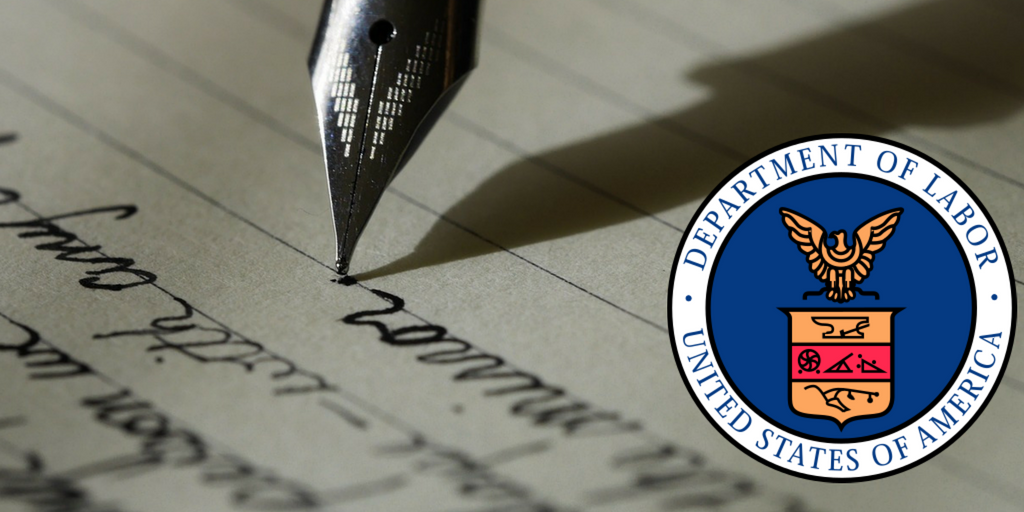The United States Department of Labor will restore a prior practice of issuing opinion letters on questions about the application of federal wage and hour laws.
During President George W. Bush’s two terms in the White House, the Department of Labor Wage and Hour Division issued an average of 28 opinion letters per year. President Obama’s administration did not issue any such opinion letters. In fact, 18 opinion letters written by the DOL in January 2009 were published on the Department’s website but never actually mailed to the party that requested them following the change in command.
History of Opinion Letters
The Department of Labor’s June 27, 2017 official announcement indicates, “The letters were a division practice for more than 70 years until being stopped and replaced by general guidance in 2010.”
The opinion letter process allowed employers or employees to submit factual scenarios to the DOL and receive an official opinion as to whether and how the Fair Labor Standards Act and/or the Family & Medical Leave Act are implicated. A Wage and Hour DOL opinion can be used in defense of subsequent claims of violations. As employers are the ones who benefit from such defenses, some have criticized these opinion letters as “get out of jail free cards” for employers.
Impact of Opinion Letters
Wage and Hour opinion letters are useful not only to the parties that request them, but also to other similarly situated parties, especially employers. Opinion letters are fact-specific and do not provide an absolute legal defense. But they do both (a) provide some legal protection to employers that rely on them and (b) remove ambiguity from gray areas of the complicated laws administered by the DOL’s Wage and Hour Division.
The opinion letters help reduce gotcha situations for employers. The FLSA and FMLA are particularly complex laws with extensive regulations. But the existing formal guidance doesn’t address every scenario that may arise in a particular workplace. Employers are sometimes left to either take excessively conservative approaches or risk costly litigation over technicalities. The ability to proactively raise a question to the DOL and get guidance on proposed courses of action reduces uncertainty.
It is naive to assume that all “conservative” approaches uniformly benefit employees. I have encountered many situations where employees would prefer an approach that poses greater compliance risk to their employers. Accordingly, increased certainty of the legal parameters in these situations can benefit both sides of the employment relationship. Otherwise, managers may have to tell employees that they can’t help them because it creates too much legal risk. Thus, a low cost process that provides more legal certainty creates a win-win.
More To Come
This is just one of many recent changes in approach on labor issues under the Trump administration and new Secretary of Labor Alex Acosta.
In announcing the return of opinion letters, Secretary Acosta emphasized, “The U.S. Department of Labor is committed to helping employers and employees clearly understand their labor responsibilities so employers can concentrate on doing what they do best: growing their businesses and creating jobs.”
For more see Trump DOL Already Departing from Obama-Era Positions.
